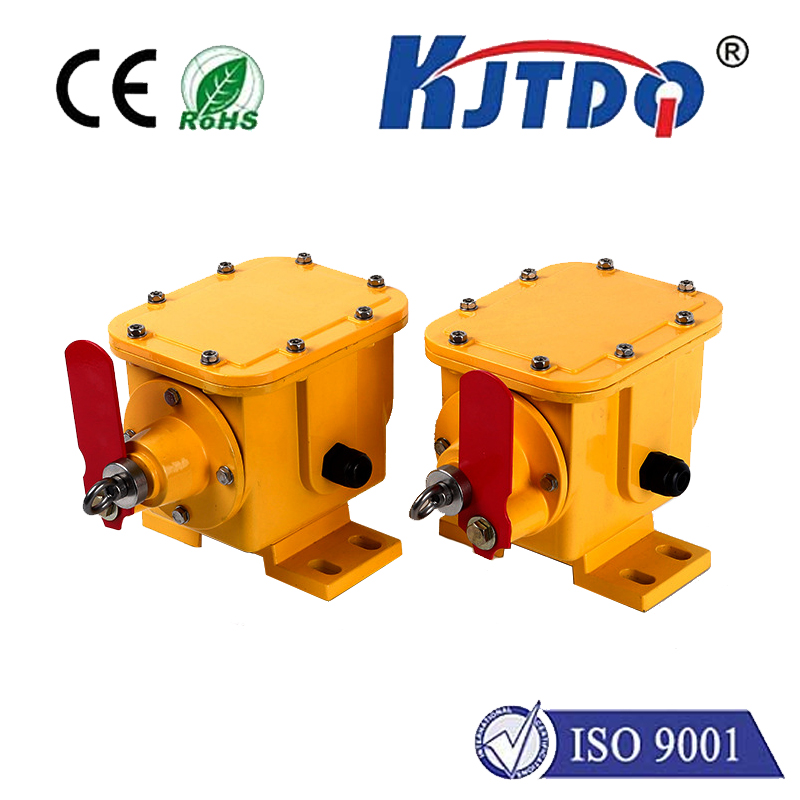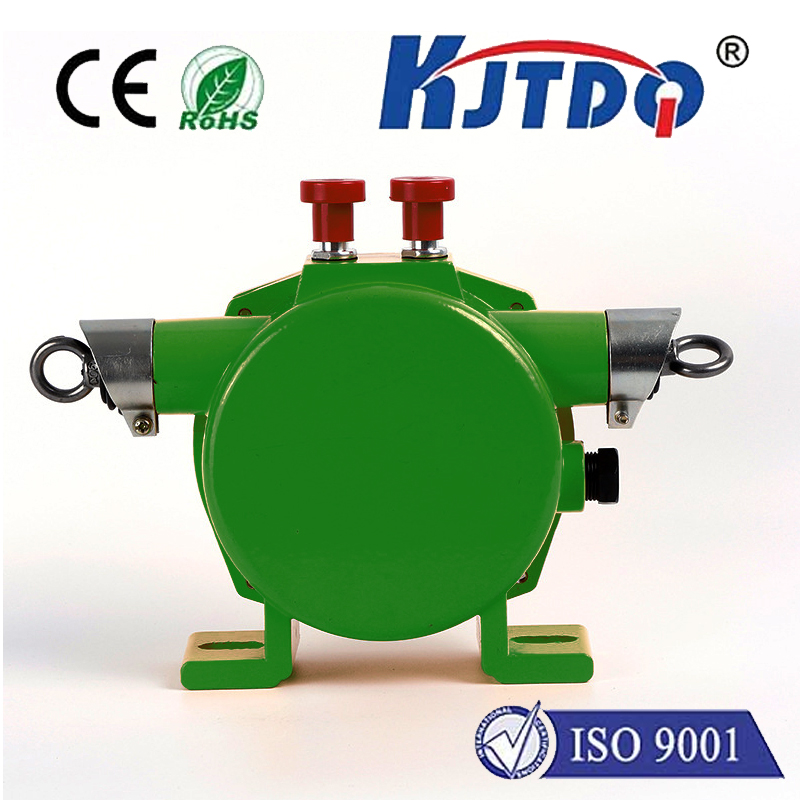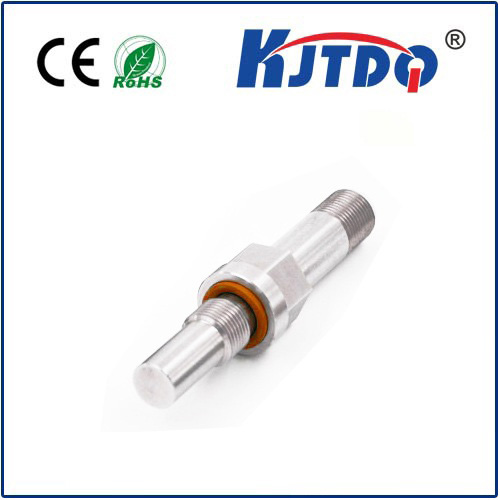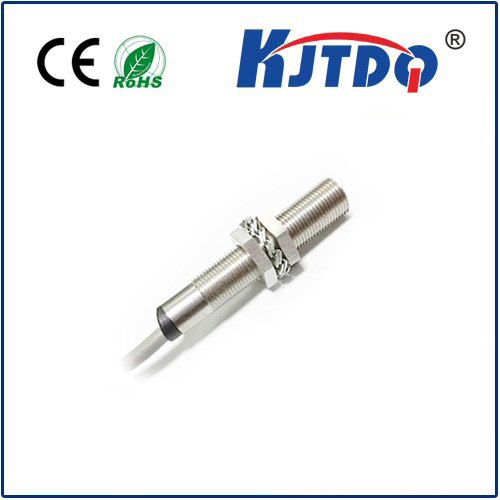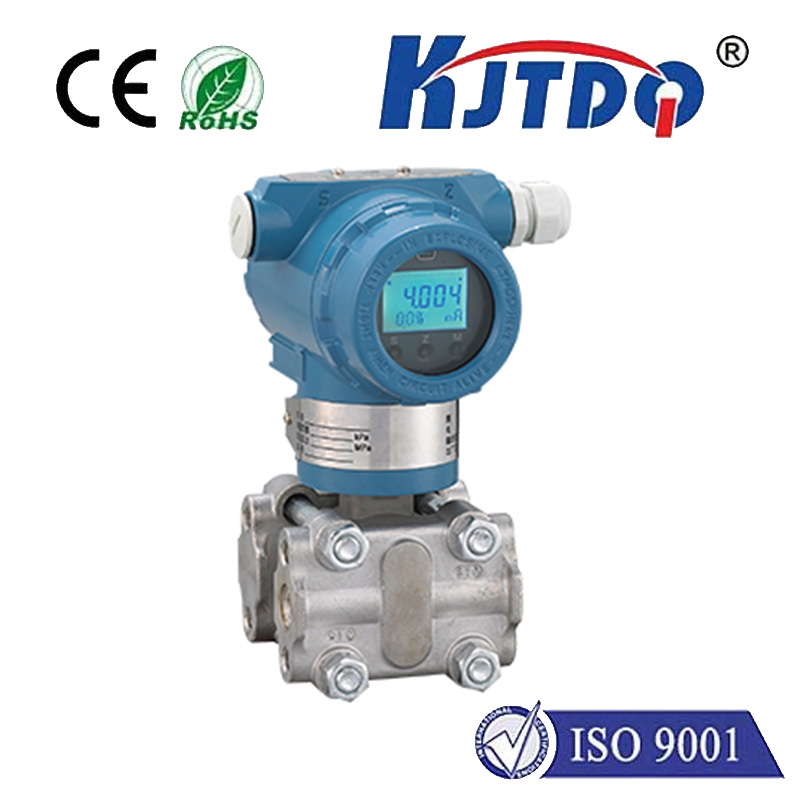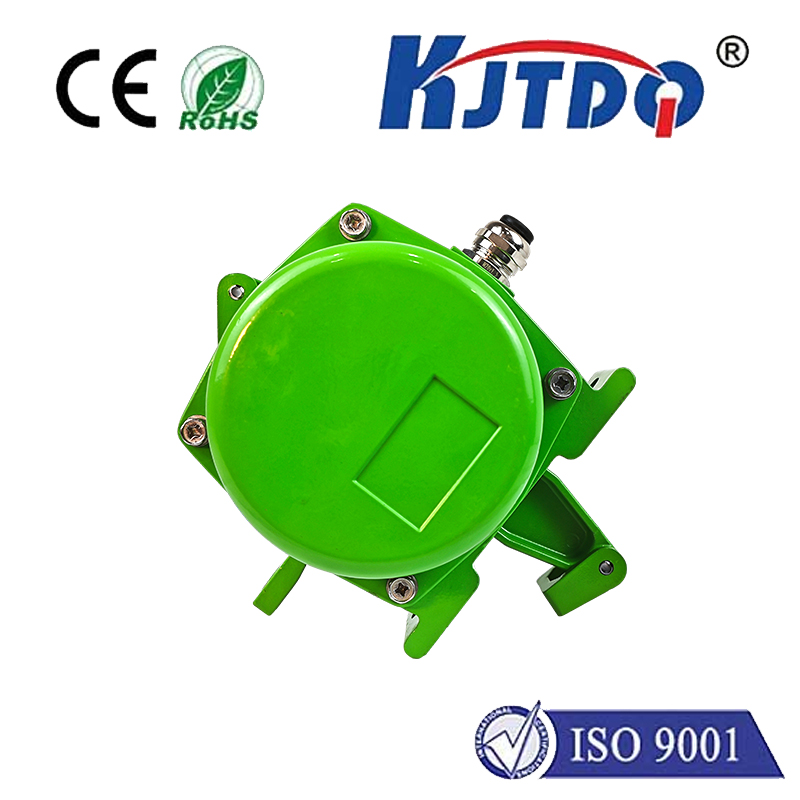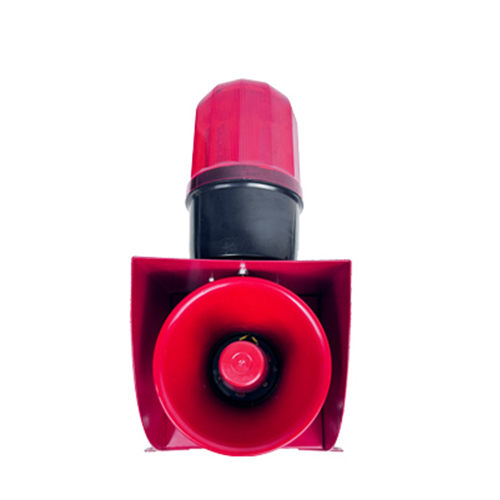industrial photoelectric sensor
- time:2025-09-10 19:18:59
- Click:0
Seeing the Light: How Industrial Photoelectric Sensors Power Modern Automation
Ever wondered how a factory production line instantly knows a box has arrived, precisely positions components, or reliably detects the absence of a tiny part on a high-speed conveyor? More often than not, the unsung hero enabling this seemingly magical awareness is the industrial photoelectric sensor. These robust, versatile workhorses form the eyes of countless automated systems, transforming light into critical information that drives efficiency, safety, and precision across global industries.
At its core, an industrial photoelectric sensor is a non-contact electronic device designed to detect the presence, absence, or distance of objects using light. Unlike mechanical switches or proximity sensors limited to metallic objects, photoelectric sensors excel at detecting a vast array of materials – plastic, wood, glass, cardboard, and liquids included. Their fundamental principle involves an emitter (usually an LED) projecting a light beam and a receiver detecting changes in that beam caused by an interrupting object.
The Power of Different Perspectives: Key Sensing Modes
Industrial applications demand flexibility, and photoelectric sensors deliver through distinct operational modes, each suited for specific challenges:

- Through-Beam (Opposed Mode): This mode offers the longest sensing ranges and greatest reliability. The emitter and receiver are housed in separate units positioned directly opposite each other. Detection occurs when the target object breaks the beam path traveling between them. Through-beam sensors are ideal for counting objects on high-speed lines, detecting large packages, or ensuring safety barriers remain unobstructed. Their strength lies in high immunity to target color, reflectivity, and surface finish.
- Retroreflective: Here, both emitter and receiver are housed in a single unit. The sensor projects a beam towards a specialized reflector (corner-cube or tape), which bounces it directly back to the receiver. Detection happens when the target object interrupts this return beam. This mode provides a good balance of longer range and simpler installation than through-beam (only one device to wire and mount), making it popular for pallet detection, door position monitoring, and carton presence verification. Reliability can be affected by dirty reflectors.
- Diffuse (Proximity Mode): The most common and often most compact design. Both emitter and receiver sit side-by-side in one housing. The sensor detects an object when the emitted light beam reflects off the target’s surface and bounces back to the receiver. Diffuse sensors are excellent for direct object detection at closer ranges, package sorting, detecting labels, or monitoring fill levels in transparent containers. Performance is heavily influenced by the target’s color, texture, and reflectivity. Advanced background suppression (BGS) and foreground suppression (FGS) variants significantly enhance diffuse sensor performance by focusing detection precisely at a predetermined distance, ignoring objects beyond or before that point. Fixed-field and adjustable-field models offer customization.
- Convergent Beam: A specialized diffuse type where the emitter light and receiver field of view converge at a specific focal point. This creates a very precise detection zone, ideal for detecting small objects, verifying the presence of specific features like bottle caps, or detecting wires and threads with high positional accuracy.
Why Light Rules the Factory Floor: Key Advantages
The dominance of industrial photoelectric sensors in automation stems from compelling advantages:
- Non-Contact Sensing: Eliminates wear and tear on both the sensor and the target object, leading to significantly longer lifespans and reduced maintenance costs.
- Long Sensing Ranges: Especially in through-beam mode, they can detect objects several meters away, often outperforming other sensing technologies.
- Material Versatility: Detect virtually anything that interrupts or reflects light – crucial for diverse manufacturing environments.
- High Speed and Accuracy: Capable of detecting objects moving at extremely high speeds with remarkable precision, essential for modern high-throughput production.
- IP-Rated Ruggedness: Engineered to withstand harsh industrial environments, including dust, moisture, vibration, and temperature extremes (look for IP67, IP68, IP69K ratings).
- Flexibility: Multiple sensing modes and countless variants (fiber optic versions for tight spaces, color sensors, luminescence sensors) ensure solutions for nearly any application.
Where Photoelectric Sensors Shine: Core Industrial Applications
The applications are virtually limitless, but common critical uses include:
- Object Detection & Counting: Verifying presence/absence on conveyors, counting bottles, cans, packages, or components.
- Position Control & Verification: Confirming part positioning in assembly jigs, detecting end-of-travel for actuators.
- Level Detection: Monitoring fill levels in tanks (clear liquids), bins, hoppers (granular materials).
- Label & Mark Detection: Verifying label presence, position, or detecting specific marks or barcodes.
- Web Break Detection: Monitoring continuous material (paper, film, foil) for tears or breaks.
- Safety & Access Control: Integrating into light curtains or safety barriers, detecting door positions.
- Packaging: Ensuring cartons are formed correctly, detecting filled vs. unfilled trays, controlling case erectors.
Choosing the Right Vision: Selection Considerations
Selecting the optimal industrial photoelectric sensor involves evaluating:
- Sensing Mode: Which mode best suits the object, distance, and environmental factors?
- Sensing Range: What distance must the sensor reliably cover?
- Target Characteristics: Size, color, material, surface finish (shiny, matte, transparent)?
- Environment: Dust, moisture, temperature, washdown requirements (IP rating), ambient light interference?
- Output Type: Digital (PNP/NPN), analog (for distance), or IO-Link for smart diagnostics and configuration?
- Mounting & Size: Space constraints? Need for precise adjustability?
The Future is Bright (and Smart)
The evolution of object detection technology continues. Modern industrial photoelectric sensors increasingly incorporate smart features like IO-Link connectivity, enabling remote parameter setting, predictive maintenance diagnostics, and seamless integration into Industry 4.0 data ecosystems. Enhanced optics, powerful background suppression algorithms, and robust housings push the boundaries of reliability and performance in even the most demanding automation scenarios.
From ensuring a bottle cap is correctly sealed to guaranteeing worker safety near robotic arms, industrial photoelectric sensors are fundamental components that enable the speed, precision, and reliability demanded by modern manufacturing. By harnessing the properties of light, these versatile devices provide the essential vision needed to keep the wheels of industry turning smoothly. When designing or upgrading an automated system, understanding the capabilities and nuances of photoelectric sensing is crucial for achieving optimal performance and efficiency. Their ability to adapt, endure, and deliver critical detection data makes them an indispensable force within the automated world.






